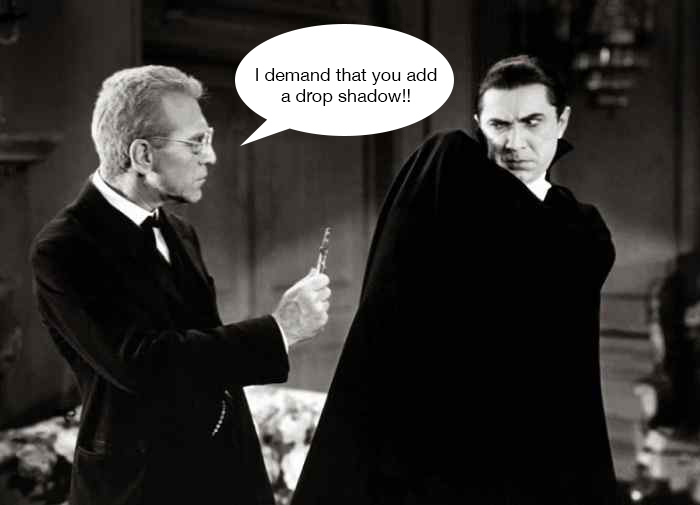I have been contemplating making the leap into higher ed. I love teaching and I find distinct pleasure in working with the young designers. The benefit of working and mentoring young designers is it requires that you know what you’re talking about. Having an open dialogue with some of my mentees about anything from the trajectory of our chosen profession to different program hacks that we’ve discovered to the ultra-nerdy discussions of our desires to work with certain papers is always enlightening. Sometimes I feel like a design vampire, sucking the creative youth out of them for my own selfish purposes.
Design philosophy

No Comments.